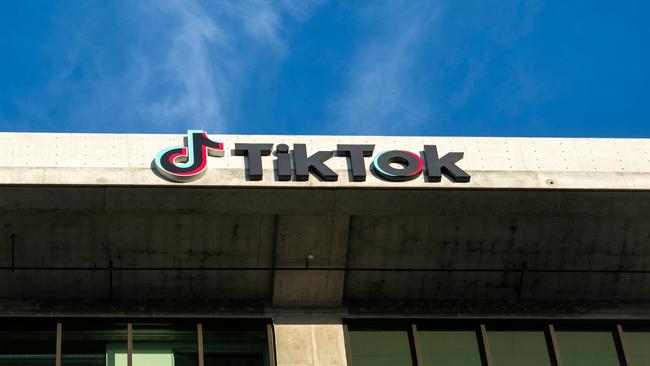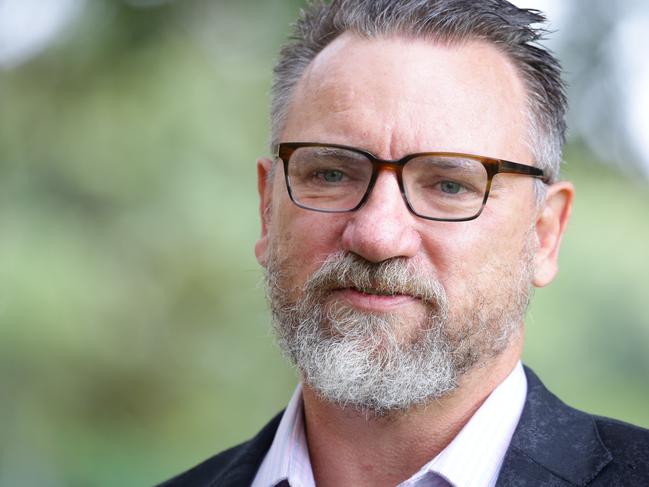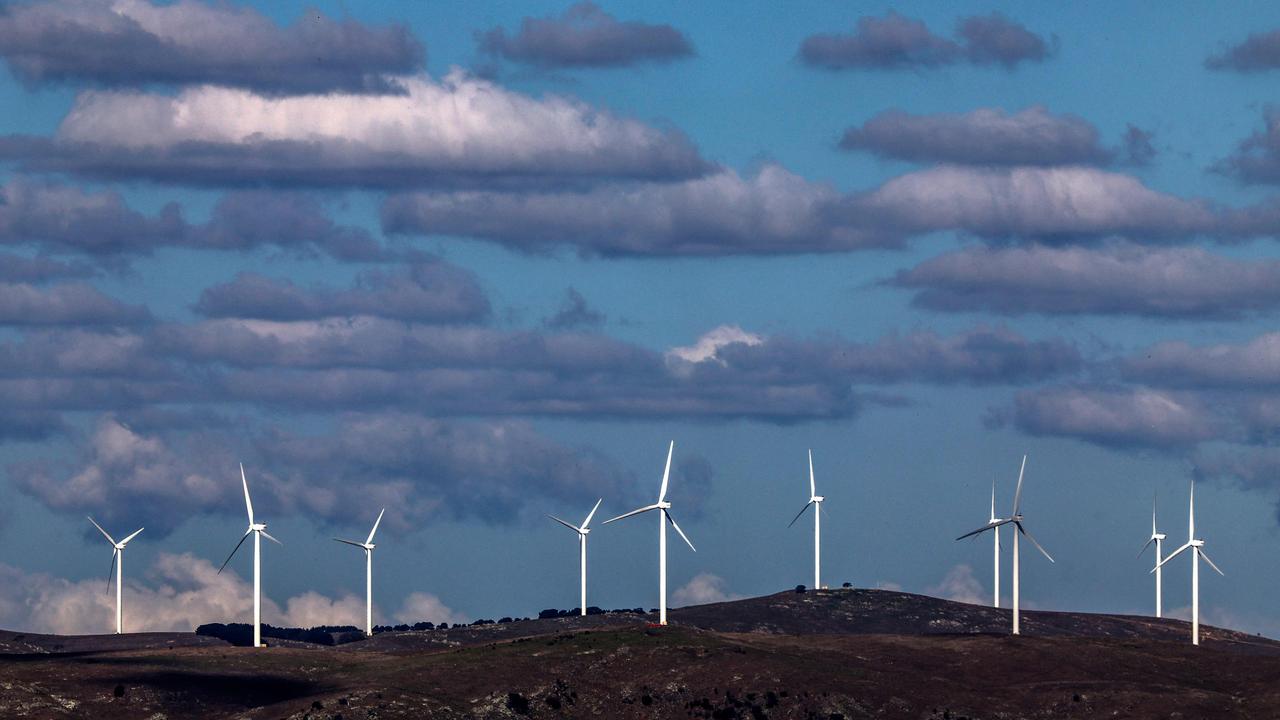TikTok misinformation spiked amid Delta strain, lockdowns
The Chinese social media app posted a nearly 600 per cent increase in Australian misinformation in one month, highlighting the challenge facing social media giants.

The arrival of the Delta coronavirus strain and severe state government lockdowns led to a spike in misinformation on Gen Z social media platform TikTok, with thousands of Australian videos removed over the last year according to documents filed under a misinformation code of practice.
A month-by-month breakdown released on Monday shows the number of Australian-made medical misinformation videos removed from TikTok skyrocketed by 582 per cent in September 2021 to 4,476, up from 656 a month earlier, with thousands of videos removed every month thereafter.
The reports highlight the spread of fake news, propaganda and conspiracy theories amid the pandemic. The growth in medical misinformation removals trended alongside factors directly related to Covid including the arrival of the Delta strain, government measures to manage infections as well a the parallel rollout of the vaccination program.
YouTube reported that it removed over 5000 videos uploaded from Australian IP addresses for having content related to dangerous or misleading information, of over 70000 videos removed globally.
Facebook meanwhile removed over 180,000 pieces of content relating to harmful health misinformation from Australian pages or accounts in 2021.
A TikTok spokesman said that Covid-related misinformation has been the social media platform’s target focus over the past 12 months.
“Other issues have been in sharp focus too, including the war in Ukraine where, since its beginning, attempts have been made across platforms to misrepresent old video footage and pictures depicting violence, explosions and military personnel in other parts of the world as new,” the spokesman said. “Videos and pictures of official representatives have also been edited or subtitled inaccurately, trying to misguide audiences on what parties involved have said or done.”
TikTok uses a combination of AI and human moderators to verify reported content, along with third-party fact checkers in conjunction with Australian Associated Press (AAP).
The reports are the first since the introduction of The Australian Code of Practice on Disinformation and Misinformation, a voluntary code released last May, which social media giants including Twitter, LinkedIn and Facebook parent company Meta all signed up to. The statistics pre-date the 2022 federal election.
“Although TikTok is only a recent entrant to the Australian market, we have established robust policies and tools to address the spread of misinformation. But we know this work never stops,” the TikTok spokesman said.
“We will continue to address misinformation by investing heavily in technology and review teams, introducing in-app features, promoting trusted information from authoritative sources and developing policies to prevent its spread.”
The transparency efforts have been driven by DIGI, a local lobby group representing many of the US tech giants.
“The code drives greater transparency and public accountability around tech efforts to address harmful misinformation, and DIGI looks forward to working with the incoming government and others in our efforts to maximise its effectiveness,“ DIGI’s managing director Sunita Bose said in a statement.
“The 2021 transparency reports provide new data on misinformation in Australia, and the many interventions to remove and flag fake claims and accounts, elevate reputable content and partner with researchers.”
Peter Lewis, director of the Centre for Responsible Technology, welcomed the transparency from the tech companies but said more binding legislation is needed from the incoming Labor government.

“It is good that the major tech companies are recognising the need to take some responsibility for the content that drives their networks,“ he said.
“But the foxes are still in charge of the henhouse. We need binding standards for platforms that place real obligations of the gig tech companies to manage the safety of their networks.”



To join the conversation, please log in. Don't have an account? Register
Join the conversation, you are commenting as Logout